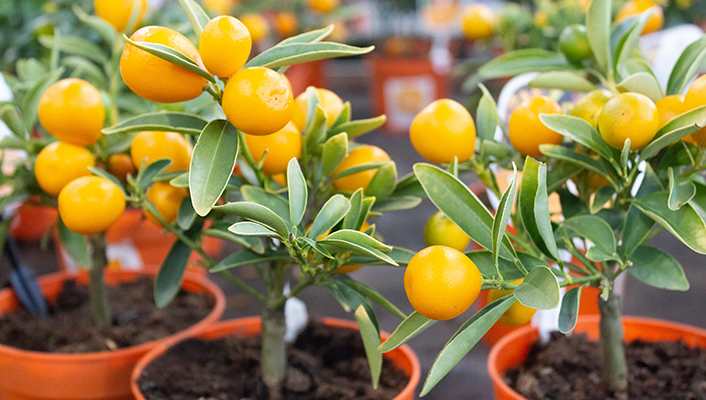
Citrus trees are one of the most popular types of fruit trees to grow in the home garden. They are relatively easy to care for and produce an abundance of fruit. Citrus trees can be grown in pots or in the ground, and will thrive in most climates. However, they do require some specific care to ensure that they remain healthy and productive.
When growing citrus trees, it is important to choose a location that receives full sun. Citrus trees need at least 8 hours of direct sunlight each day in order to produce fruit. If possible, choose a location that is protected from strong winds. Citrus trees are susceptible to damage from high winds, so a sheltered location is ideal.
The soil in which citrus trees are planted should be well-draining. Citrus trees do not like wet feet, and will quickly succumb to root rot if the soil is too wet. Amend heavy clay soils with sand or organic matter to improve drainage. A raised bed is also a good option for planting citrus trees.
Citrus trees should be watered deeply and regularly during the growing season. Allow the top few inches of soil to dry out between watering sessions. Watering with a soaker hose or drip irrigation system is best, as it helps to avoid wetting the foliage of the tree, which can lead to fungal diseases. During periods of extended drought, supplemental irrigation may be necessary to keep citrus trees healthy.
Fertilize citrus trees three times per year – once in early spring, once in mid-summer, and once in late fall – with a balanced fertilizer formulated for fruit trees. Follow the manufacturer’s instructions for application rates and frequency.
Citrus trees need little pruning, but it is important to remove any dead or damaged branches as soon as possible. These can serve as entry points for pests and diseases. Also remove any suckers that appear at the base of the tree or on the trunk. These are fast-growing shoots that will compete with the main tree for resources if left unchecked.
Harvest citrus fruits when they are ripe – typically this will be when they are fully colored and slightly soft to the touch. Use pruning shears or a sharp knife to cut fruits from the tree, being careful not to damage branches or leaves in the process. Fruits can be stored at cool temperatures for several weeks after harvest.
Citrus trees are generally quite hardy and disease-resistant, but there are a few common problems that can occur. These include scale insects, aphids, mealybugs, and fungal diseases such as rust and anthracnose. Regularly inspect your tree for signs of these pests or diseases and take action immediately if any are found.